
About Piezoelectricity:
- Piezoelectricity (also called the piezoelectric effect) is the appearance of an electrical potential (a voltage, in other words) across the sides of a crystal when you subject it to mechanical stress.
- In the reverse piezoelectric effect, a crystal becomes mechanically stressed (deformed in shape) when a voltage is applied across its opposite faces.
- Thus, Piezoelectric materials allow the conversion of energy from the mechanical domain to the electrical domain and vice versa.
- It is due to the spontaneous separation of charge with certain crystal structures under the right conditions.
- There are a wide variety of materials which exhibit this phenomenon, including natural quartz crystals, semi-crystalline polyvinylidene polymer, polycrystalline piezoceramic, bone and even wood.
- Applications:
- They can be used to create various sensors or actuators.
- Piezoelectric transducers are common in ultrasonic applications, such as intrusion detectors and alarms.
- Piezoelectric devices are employed at AF(audio frequencies) as pickups, microphones, earphones, beepers, and buzzers.
- In wireless applications, piezoelectricity makes it possible to use crystals and ceramics as oscillators that generate predictable and stable signals at RF (radio frequencies).
2. What is an Improvised Explosive Device (IED)?
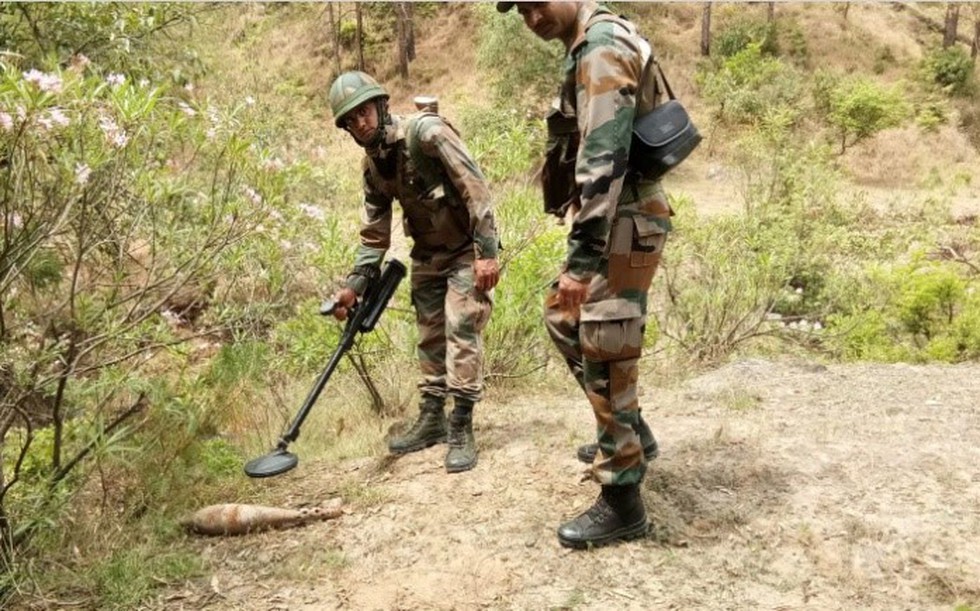
About Improvised Explosive Device (IED):
- IED is a type of unconventional explosive weapon that can take any form and be activated in a variety of ways.
- IEDs are used by criminals, vandals, terrorists, suicide bombers, and insurgents.
- Because they are improvised, IEDs can come in many forms, ranging from a small pipe bomb to a sophisticated device capable of causing massive damage and loss of life.
- IEDs can be carried or delivered in a vehicle; carried, placed, or thrown by a person; delivered in a package; or concealed on the roadside.
- The extent of damage caused by an IED depends on its size, construction, and placement and whether it incorporates a high explosive or propellant.
- The term IED came into common usage during the Iraq War that began in 2003.
- Elements of an IED:
- It consists of a variety of components that include an initiator, switch, main charge, power source, and container.
- IEDs may be surrounded by or packed with additional materials or “enhancements” such as nails, glass, or metal fragments designed to increase the amount of shrapnel propelled by the explosion.
- An IED can be initiated by a variety of methods depending on the intended target.
- Materials Used as Explosives in IEDs:
- Many commonly available materials, such as fertilizer, gunpowder, and hydrogen peroxide, are used as explosive materials in IEDs.
- Explosives contain fuel and an oxidizer, which provides the oxygen needed to sustain the reaction.
3. Rabindranath Tagore
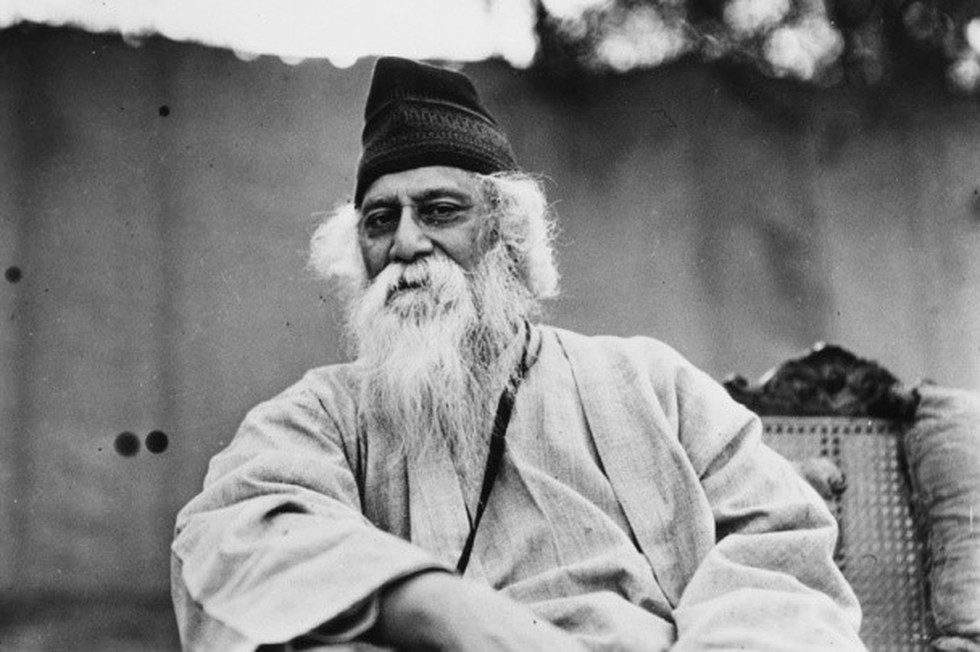
About Rabindranath Tagore:
- He was a world-renowned poet, litterateur, philosopher and Asia’s first Nobel laureate.
- He was born in Kolkata on May 7, 1861.
- He was the son of Debendranath Tagore, a prominent philosopher and religious reformer.
- He was popularly known as Bard of Bengal, and people used to call him Gurudev.
- He introduced new prose and verse forms and the use of colloquial language into Bengali literature, thereby freeing it from traditional models based on classical Sanskrit.
- He was highly influential in introducing Indian culture to the West and vice versa.
- In 1913 he became the first non-European to receive the Nobel Prize for Literature.
- He was also an influential artist and musician. He wrote around 2230 songs and painted 3000 paintings. His songs are known as Rabindra Sangeet.
- Rabindranath Tagore wrote India's national anthem, Jana Gana Mana. He also wrote Amar Sonar Bangla, the national anthem for Bangla The Sri Lankan national anthem was inspired by his work.
- He was awarded a knighthood in 1915, but he repudiated it in 1919 as a protest against the Amritsar (Jallianwalla Bagh) Massacre.
- Viswa Bharti University, which was known as Shantiniketan founded by Rabindranath Tagore.
- Major Works:
- Tagore’s most notable work of poetry is Gitanjali: Song Offerings, for which he received the Nobel Prize in Literature in 1913.
- Other notable poetry publications include Sonar Tari and Manasi.
- He wrote novels, plays, and short stories in both languages, including the plays Chitra and The Post Office.
- He is credited with pioneering the short story form in Bengali literature, with some of his best work collected in The Hungry Stones and Other Stories and The Glimpses of Bengal Life.
4. Coco Islands

About Coco Islands:
- They are a small group of islands located in the Bay of Bengal.
- Great Coco Island, the largest in the group, lies just 55 km from India’s strategic Andaman and Nicobar Islands.
- They are part of the Yangon Region of Myanmar.
- It is geologically an extended division of the Arakan Mountains or Rakhine Mountains, submerges as a chain of islands in the Bay of Bengal for a long stretch and emerges again in the form of the Andaman and Nicobar Islands.
- They are part of the same topography as India’s Andaman & Nicobar Islands.
- History:
- In the early 19th century, the British government in India established a penal colony in the Andaman for the convicts in the Indian subcontinent, and the Coco Islands were a source of food for it.
- The British government had reportedly leased out the islands to the Jadwet family of Burma.
- The leasing of control of the Coco Islands resulted in poor governance of the islands, which made the British government in India to transfer its control to the government of Lower Burma in Rangoon.
- In 1882, the islands officially became part of British Burma.
- The islands became a self-governing crown colony even after Burma was separated from British India in 1937.
5. Debrigarh Wildlife Sanctuary
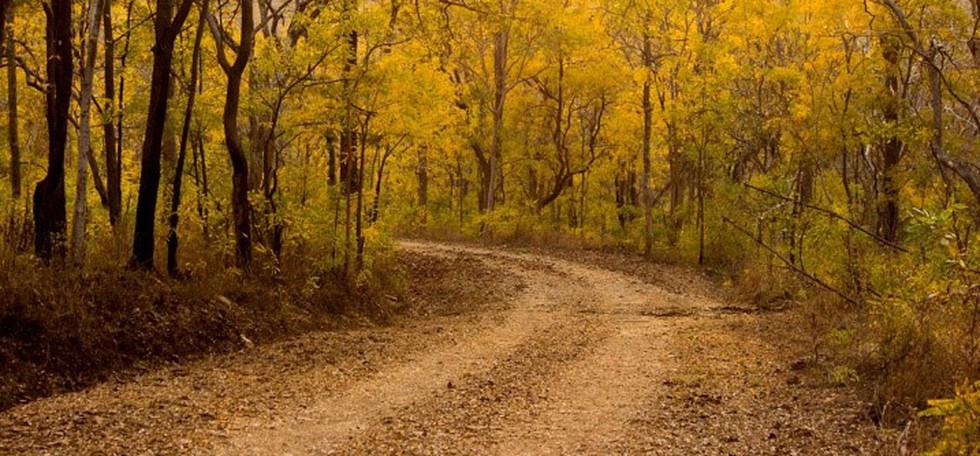
About Debrigarh Wildlife Sanctuary:
- Location: It is situated in the Bargarh district of Odisha near the Hirakud dam (Mahanadi River).
- It finds a special mention because of noted freedom fighter Veer Surendra Sai. During his rebellion against the British, his base at ‘Barapathara” was located within the sanctuary.
- It was declared a wildlife sanctuary in 1985.
- Vegetation: Dry deciduous mixed forests.
- Flora: Major trees found here are Sal, Asana, Bija, Aanla, Dhaura etc.
- Fauna: A huge variety of wild animals reside in the dense forest of the sanctuary, such as Tiger, Sloth Bear, Leopard, Hyena, Spotted Deer, Antelopes, Sambar, Gaur, Nilgai, Bison, Langur Monkeys etc.
6. What is the Geological Survey of India (GSI)?
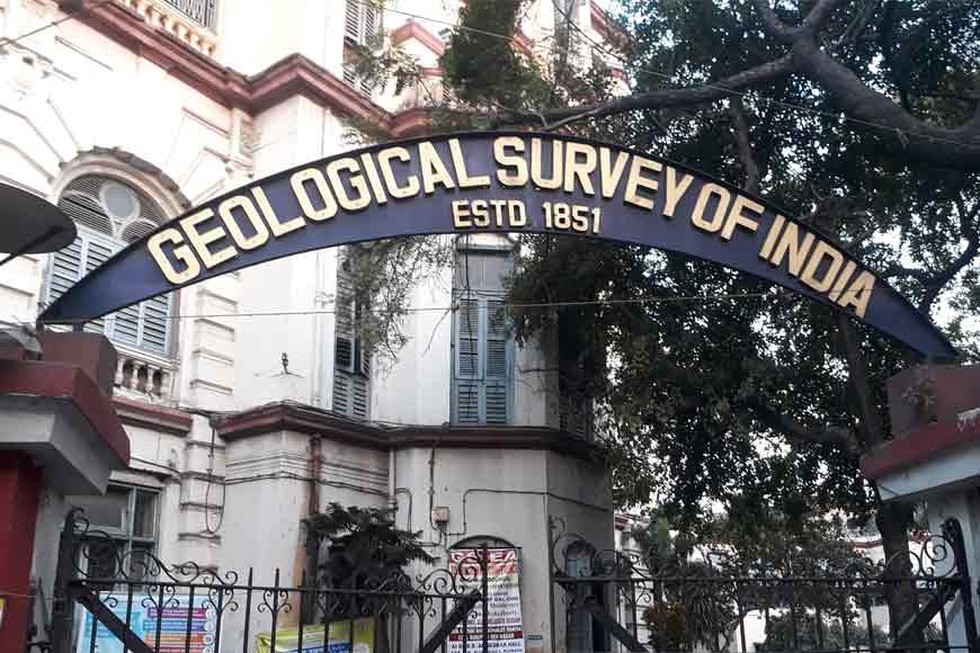
About Geological Survey of India (GSI):
- It was set up in 1851primarily to find coal deposits for the Railways.
- Over the years, it has grown into a repository of geo-science information required in various fields in the country.
- Objective: Providing objective, impartial and up-to-date geological expertise and geoscientific information of all kinds, with a focus on policy-making decisions and commercial and socio-economic needs.
- Under the National Mineral Policy (NMP) 2008, GSI remains the principal agency for geological mapping and regional mineral resources assessment of the country.
- It also emphasises systematic documentation of all geological processes, both surface and subsurface, of India and its offshore areas.
- The organisation carries out this work through geological, geophysical, & geochemical surveys using the latest and most cost-effective techniques and methodologies.
- It is headquartered in Kolkata and has six regional offices located at Lucknow, Jaipur, Nagpur, Hyderabad, Shillong and Kolkata. Every state has a state unit.
- Presently, GSI is an attached office to the Ministry of Mines.
7. What are Gallantry Awards?

About Gallantry Awards:
- They have been instituted by the Government of India to honour the acts of bravery and sacrifice of the officers/personnel of the Armed Forces, other lawfully constituted Forces and civilians.
- These gallantry awards are announced twice a year - first on the occasion of the Republic Day and then on the occasion of the Independence Day.
- Background:
- Three gallantry awards, namely Param Vir Chakra, Maha Vir Chakra and Vir Chakra, were instituted by the Government of India on 26th January, 1950.
- Thereafter, the other three gallantry awards, i.e. the Ashoka Chakra Class-I, the Ashoka Chakra Class-II and the Ashoka Chakra Class-III were instituted in 1952. These awards were renamed Ashoka Chakra, Kirti Chakra and Shaurya Chakra, respectively, in 1967.
- Order of precedence: The order of precedence of these awards is the Param Vir Chakra, the Ashoka Chakra, the Mahavir Chakra, the Kirti Chakra, the Vir Chakra and the Shaurya Chakra.
- All the gallantry awards may be awarded posthumously.
- Persons recommended for the award shall not be involved in any adverse report or should not have been conveyed any displeasure or censure or given any punishment in a court martial proceedings or through administrative action.
The Ashoka Chakra, The Kirti Chakra & Shaurya Chakra:
- Eligibility: The following categories of persons shall be eligible for the Ashoka Chakra, the Kirti Chakra and the Shaurya Chakra:
- Officers and men and women of all ranks of the Army, the Navy and the Air Force, of any of the Reserve Forces, of the Territorial Army, Militia and of any other lawfully constituted forces.
- Members of the Nursing Services of the Armed Forces.
- Civilian citizens of either sex in all walks of life and members of Police Forces, including Central Para-Military Forces and Railway Protection Force.
- Conditions of Eligibility:
- The Ashoka Chakra is awarded for the most conspicuous bravery or some act of daring or pre-eminent act of valour or self-sacrifice otherwise than in the face of the enemy.
- The Kirti Chakra is awarded for conspicuous gallantry otherwise than in the face of the enemy.
- The Shaurya Chakra is awarded for gallantry otherwise than in the face of the enemy.
8. Real Estate (Regulation and Development) Act (RERA)

About Real Estate (Regulation and Development) Act (RERA):
- It is an act passed by the Indian Parliament in 2016 for the regulation and promotion of the real estate sector in the country.
- This Act establishes a Real Estate Regulatory Authority (RERA) in every state to regulate the real estate sector and serve as the adjudication body to enable quick resolutions.
- The act applies to all under-construction projects with a plot size above 500 sq. m or projects with 8 apartments or more;
- Salient Provisions:
- Establishment of a fast-track mechanism for settlement of disputes. This will be done via an appellate tribunal and dedicated adjudicating officers.
- All real estate projects must be registered with RERA so that the authority will have jurisdiction over the projects.
- In case a promoter wishes to transfer or assign a majority of your rights and liabilities in a real estate project to a third party, written consent from two-thirds of the allottees will be needed in addition to the written approval of RERA.
- If a person has any problems regarding violation of the provisions or rules of this Act by a promoter, buyer, or agent, they can file a complaint with RERA.
- While an enquiry is taking place, RERA can stop an agent, promoter, or buyer from continuing any activity against which a complaint has been raised.
- If any of RERA’s decisions regarding a complaint is not satisfactory, the aggrieved party can submit an appeal before the Appellate Tribunal.
- If the promoter fails to follow RERA’s orders, they will have to pay a penalty. This amount could be up to 5% of the evaluated cost of the property.
- If the Appellate Tribunal’s orders are not complied with, a penalty will have to be paid. This can either be imprisonment for up to 3 years or a fine (up to 10% of the approximate cost of the project), or both.
- If a company commits an offence under this ACT, any person who was in charge of the business at the time of the offence being committed and the company will be held guilty and will be punished.
- No civil court will have any jurisdiction with respect to any matter that comes under RERA or the Appellate Tribunal’s jurisdiction. As such, no court can grant an injunction with regard to any action taken by RERA or the Tribunal.
9. National Tiger Conservation Authority (NTCA)
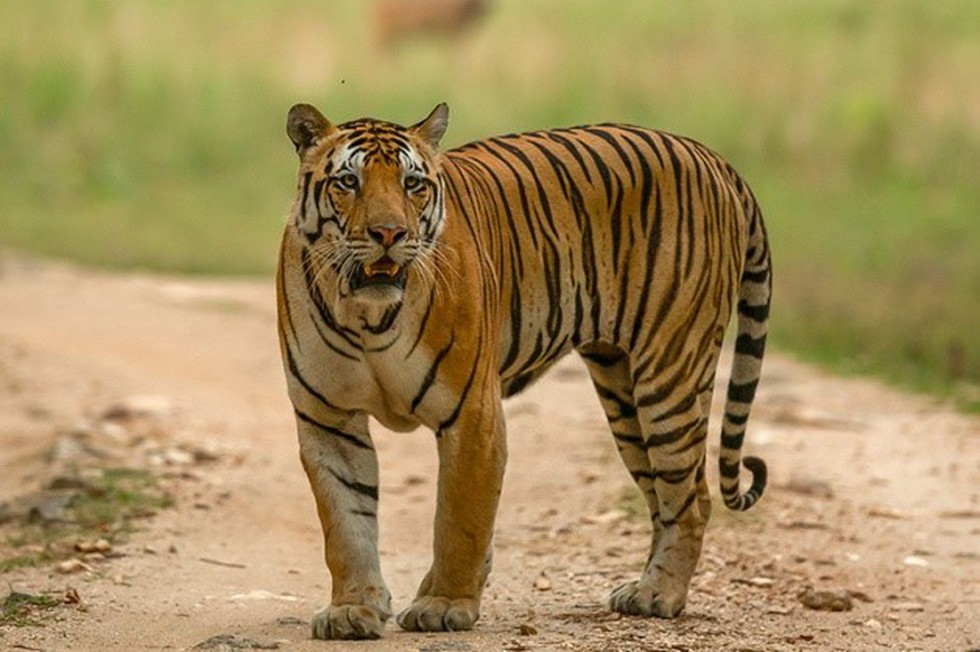
About National Tiger Conservation Authority (NTCA):
- It is a statutory body under the Ministry of Environment, Forest, and Climate Change (MoEFCC).
- It was established in 2006 under Wildlife (Protection) Act 1972.
- Objectives:
- Providing statutory authority to Project Tiger so that compliance of its directives becomes legal.
- Fostering accountability of Center-State in management of Tiger Reserves by providing a basis for MoU with States within the federal structure.
- Providing for an oversight by Parliament.
- Addressing livelihood interests of local people in areas surrounding Tiger Reserves.
- NTCA Composition:
- Minister in charge of MoEFCC (as Chairperson),
- Minister of State in MoEFCC (as Vice-Chairperson),
- three members of Parliament, the Secretary (MoEFCC), and other members.
Key facts about Ranthambore Tiger Reserve (RTR):
- Location:
- It is located in Rajasthan.
- It is located at the junction of the Aravali and Vindhya hill ranges.
- Its flagship species is Panthera Tigris Tigris- the Indian or the Bengal tiger.
- Rivers: The Rivers Chambal in the South and the Banas River in the North bound the tiger reserve.
- Ranthambore Fort, World Heritage Site, is located within RTR.
- Landscape: It alternates between a dry deciduous jungle and an open grassy meadow dotted by numerous lakes and rivers.
- Vegetation: Dry-deciduous forest.
- Flora:
- The most dominant plant is the 'Dhok'. This tropical tree constitutes more than three-fourths of the vegetation of this national forest.
- Apart from the Dhok tree, the other prime trees of this park are Banyan (Ficus bengalensis), Pipal (Ficus religiosa) and Neem (Azadirachta indiaca).
- Fauna:
- Apart from tigers, the major wild animals include Leopard, Nilgai, Wild boar, Sambar, Hyena, Sloth bear and Chital.
10. What is Bovine Viral Diarrhoea (BVD)
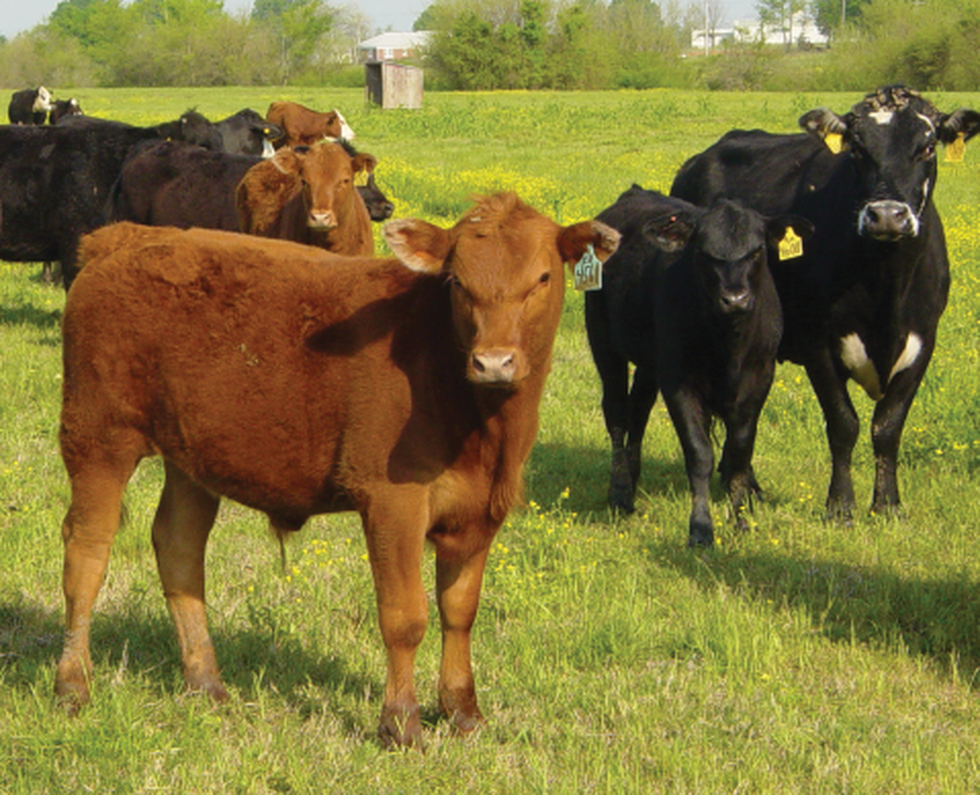
About Bovine Viral Diarrhoea (BVD):
- BVD is an infectious disease, globally distributed endemic to cattle and other ruminant populations.
- It is caused by the Bovine Viral Diarrhea Virus (BVDV).
- Effects:
- It can cause of respiratory and reproductive issues in the herd.
- It leads to immunosuppression and can cause signs in multiple body systems in addition to the digestive tract.
- Transmission:
- Most animals become exposed through contact with other recently infected or persistently infected (carrier) animals that are shedding the virus.
- It is also possible for cattle to become infected via contact with contaminated fomites, such as water buckets, calf feeders, feed bunks, IV equipment etc.
- It can be transmitted through a congenital infection of the fetus or after birth. The BVD infection in these calves will persist during the entire life of the calf, and they will shed BVDV continuously in the farm environment.
- Treatment:
- While this virus has no cure, practising supportive therapies will temporarily help to improve the well-being of the cattle.
- Infected calves should be culled to prevent the spread of BVD.


.jpg)
.jpg)
.jpg)
























































































































































.png)
.png)
.png)
.png)
.png)


.png)
.png)
.png)





.png)
.png)






.png)
.png)
.png)
.png)
.png)
.png)
.png)
.png)
.png)

.png)







.png)
.png)


.png)
.png)
.png)


.png)

.png)
.png)





.jpg)

.png)
.png)


.png)

.png)
.png)
.png)

.jpg)

.jpg)


.png)

.png)
.png)
.png)
.png)
.png)
.png)
.png)
.png)
.png)
.png)




.png)

.png)





.png)
.png)
.png)
.png)
.png)
.png)
.png)
.png)
.png)
.png)
.jpg)
.jpg)

.png)
.png)
.png)
.png)
.png)
.png)
.png)
.png)
.png)
.png)
.png)
.png)
.png)
.png)
.png)
.png)
.png)
.png)
.png)
.png)
.png)
.png)



.png)
.png)

.jpg)
.jpg)


.jpg)
.jpg)

.jpg)








.jpg)
.jpg)
.jpg)
.jpg)
.jpg)

















.jpg)
.jpg)







.jpg)


















.jpg)
.jpg)






























































































.jpg)
.jpg)


























.jpg)

.jpg)










.jpg)








.jpg)




.jpg)










.jpg)


















.jpg)












































.jpg)














.jpg)
.jpg)
.jpg)





.jpg)

.jpg)
.jpg)





































































.jpg)


































.jpg)
.jpg)
















































.jpg)












.jpg)


.jpg)




.jpg)
.jpg)
.jpg)

.jpg)
.jpg)
.jpg)
.jpg)

.jpg)
.jpg)
.jpg)

.jpg)
.jpg)
.jpg)
.jpg)
.jpg)
.jpg)
.jpg)
.jpg)

.jpg)


.jpg)
.jpg)
.jpg)
.jpg)
.jpg)
.jpg)
.jpg)
.jpg)
.jpg)
.jpg)











.jpg)
.jpg)





.jpg)
.jpg)
.jpg)
























.jpg)
























.jpg)









.jpg)
.jpg)







.jpg)
.jpg)









































.jpg)
.jpg)
.jpg)
.jpg)
.jpg)

.jpg)
.jpg)
.jpg)
.jpg)
.jpg)


.jpg)
.jpg)
.jpg)
.jpg)
.jpg)

.jpg)
.jpg)
.jpg)
.jpg)
.jpg)
.jpg)
.jpg)
.jpg)
.jpg)
.jpg)
.png)

.png)
.png)

.png)
.png)
.png)
.png)


.jpg)
.jpg)

.jpg)
.jpg)
.jpg)

.png)
.png)
.png)
.png)
.png)
.png)
.png)

.png)
.png)
.png)
.png)
.png)
.png)
.png)
.png)
.png)
.png)





































































-min.png)



.png)




.png)








































